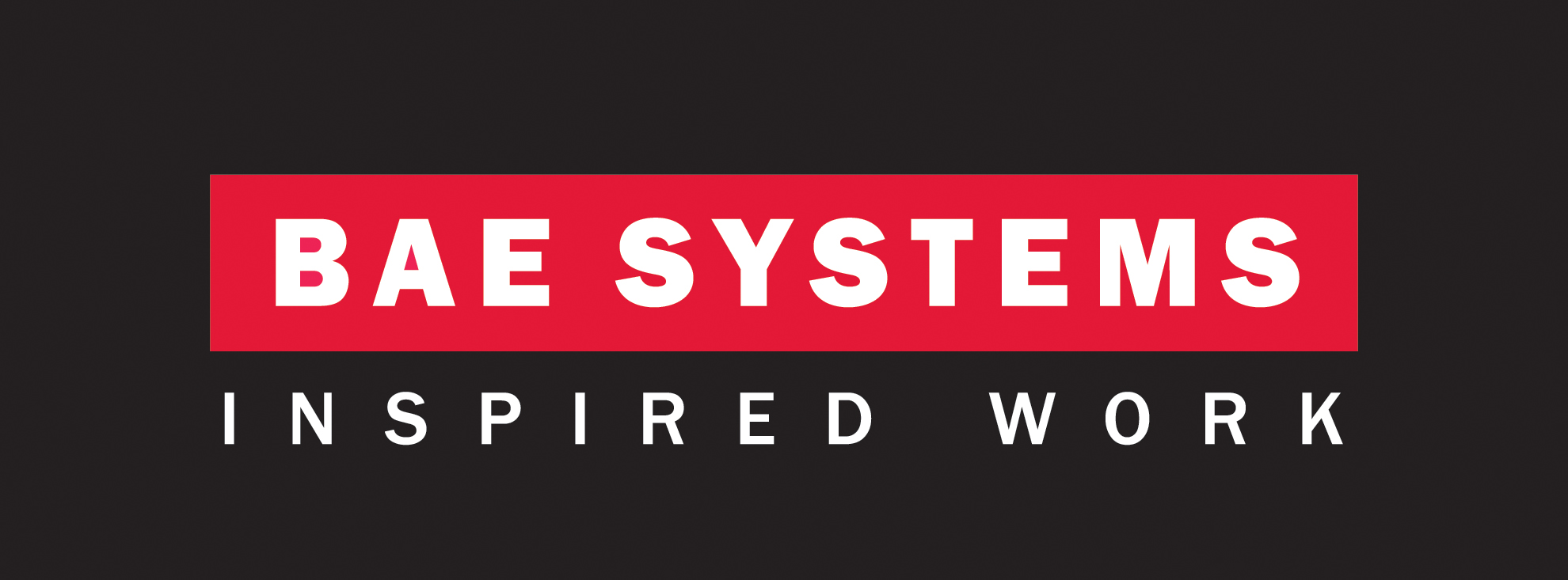 BAE Systems Applied Intelligence has released The Invisible Network report, which presents the six most common profiles in money laundering.
BAE Systems Applied Intelligence has released The Invisible Network report, which presents the six most common profiles in money laundering.
The criminals behind money laundering are finding more sophisticated ways of disguising their activity.
With more than $1.5 trillion of illegal funds laundered worldwide each year, and around $4.5 billion laundered in Australia, money laundering is having a devastating effect on societies around the world. To help businesses recognise the threats BAE Systems’ experts analysed customer data to identify the people most commonly involved in money laundering.
The six personas behind money laundering
- The Source has dirty money, and there’s a whole criminal industry to help them clean it
- The Leader needs hard cash to cling to power and keep their henchmen loyal
- The Bystander works with clients who pay well. Something’s not right – but the money makes it all better
- The Watched are positions of power or influence – and they’re up to no good
- The Shark swims along law-abiding workmates, subverting their organisation’s controls
- The Shop Front is built from the ground up to disguise criminals’ beneficial ownership; an enterprise rotten to the core
Additional highlights from the report:
- In today’s digital world, criminals are constantly exploring new ways to find and exploit loopholes in legitimate channels to make crime look like legal tender
- When it comes to money laundering it isn’t simply about the illicit money. It is about the impact that the laundering causes: the invisible network of money launderers is keeping hospitals, schools and libraries from being built. They are bending the property market, pricing first time buyers out of many cities. And the profits of money laundering are also funding other criminal activity such as the drugs trade and international terrorism
- Businesses and financial institutions have a balance to strike between ensuring they are ahead of regulatory compliance, while also staying ahead of the race to detect criminal behaviour and identify money launderers
- BAE Systems helps major banks, insurers and law enforcement agencies defend against criminals and meet their compliance obligations for anti-money laundering and counter-terrorist finance throughout the customer lifecycle
Michelle Weatherhead, Head of Cyber & Financial Crime Solutions, BAE Systems Applied Intelligence, commented on the report
- “Money laundering is an elusive and ever evolving threat. On one hand, the convergence between cyber and financial crime makes it increasingly challenging to identify and mitigate risk. On the other hand, launderers are now moving beyond the banks’ walls, targeting industries such as real estate, legal, and accounting to avoid being caught. In this context, financial services institutions can’t work in silos anymore.”
- “ There needs to be more collaboration amongst the different elements of the financial system, at three specific levels. Winning AML strategies will be the ones built around a cross-department, cross-industry and cross-border collaboration framework.”
- “Risk and compliance experts need to collaborate with other departments, such as cybercrime units within financial services institutions. We also need leaders across our financial system, businesses, industry bodies and Government committing to greater collaboration and information sharing, both at a local and international level. This is how we will build a true AML intelligence engine, and have a chance to keep up with criminals’ evolving methods.
- “Sharing of information and actionable intelligence, which can be done through the use of sophisticated data analytics technologies, must become a top priority. As a result, financial entities and experts will become better at developing an integrated view of risk, fraud and compliance as well as upholding best practices in tackling financial crime.”





